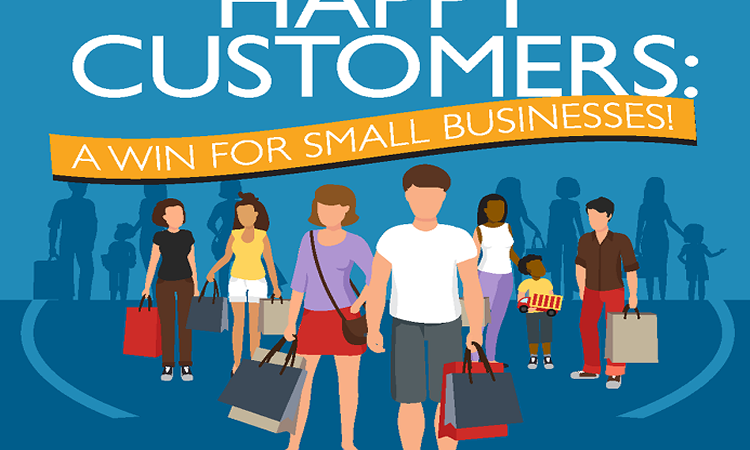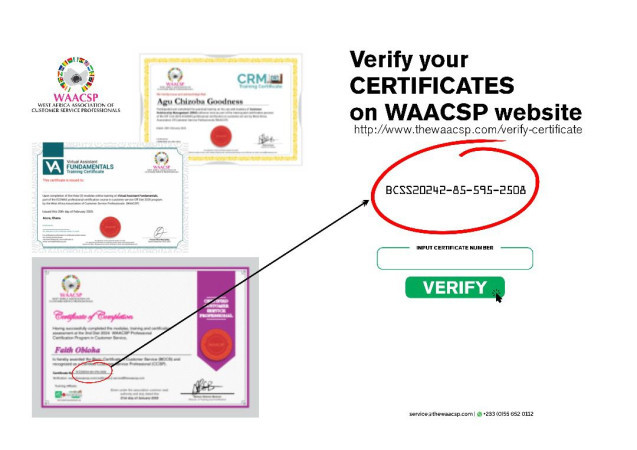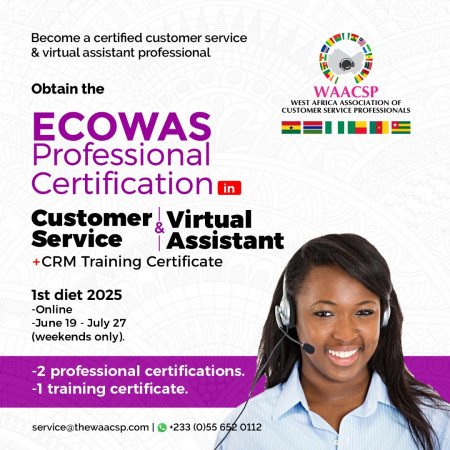For small businesses, set your customer service right and watch your business grow
Your small business’s customer service could be driving customers away. How can you know if you’re delivering the level of service customers expect?
Microsoft’s 2016 State of Global Customer Service Report surveyed consumers to see what they want, what they get, and what they don’t get from customer service. Here’s what they said—and five
What makes a good customer service experience?
Customers want to get their problems resolved easily and to deal with representatives who know what they’re doing. Specifically, when asked what is the most important element of a satisfying customer service experience, they say:
Not having to repeat myself/not being passed to another agent—32%
Friendly, knowledgeable customer service agent—28%
Resolving a problem on the first contact—24%
What makes customers unhappy with a customer service experience?
When asked what is the most frustrating aspect of a poor customer service experience, respondents say:
Not being able to reach a live person for support—36%
A customer service agent not having the knowledge or ability to resolve my issue—25%
Not being able to resolve my issue or find information I need online—20%
Having to repeat or provide my information to the agent(s) – 18%
The older consumers are, the more frustrated they find it when they can’t reach a live person to help them. Thirty-eight percent of those over age 55 say this is frustrating, compared to just 23% of those aged 18 to 34. Younger consumers, in contrast, are more interested in finding information and answers online; 35% say the most frustrating aspect of a poor customer service experience is not being able to resolve the issue or find info they need online.
What channels do people prefer to use to get help?
Most people use a variety of channels depending on their needs. In general, the phone is the preferred way to get help, followed by email and then live chat. However, there are some important age differences. For example, email is the most popular way to get customer service assistance for those aged 18 to 34, while phone is the second most popular channel. For those aged 35 to 55, it’s reversed: They use the phone most often and email is the second most popular channel. However, don’t assume that older consumers don’t use digital channels to get help. Even among those aged 55 and up, almost half (46%) go online for customer service.
What lessons can you learn?
Here are five:
- Provide a variety of options for getting assistance.
Customers want to “have it their way,” whether that means calling you, emailing you or using live chat. The more alternatives you provide, the more people you’re going to make happy.
- Give customers the option to help themselves.
Many people like to go online, either on the company’s website or on a general Internet search, to get answers to their questions. Enable this self-service approach by maintaining answers to frequently asked questions (FAQs) on your site. Keep them updated and current. If your product or service is complex, consider adding how-to videos or online tutorials to help customers learn to use it.
- Implement live online chat.
Lots of people would prefer to interact with a customer service agent quickly via chat instead of waiting on hold. Investigate chat widgets that you can add to your site or see if your existing customer service solution offers this option.
- Don’t make customers wait.
Speaking of waiting on hold, the Microsoft survey reports that the majority of customers in all age groups are not willing to wait more than 5 minutes on hold. Choose a communications system that enables you to queue callers based on their issues and quickly get them to an available customer service rep.
- Listen when customers tell you how they feel.
Plenty of customer service issues could be avoided if business owners paid more attention to customer opinions in the first place. Nearly half of survey respondents aged 18 to 54 and more than half of those aged 55+ don’t believe that brands take action on customer feedback. If you don’t listen to what customers say with their mouths, they’ll start speaking with their wallets as they head over to your competitors.
Need to engage a certified Customer Experience professional?
Email us at service@thewaacsp.com





